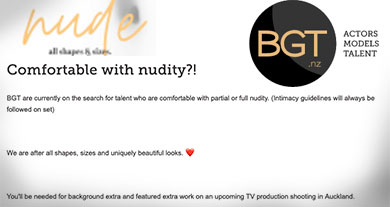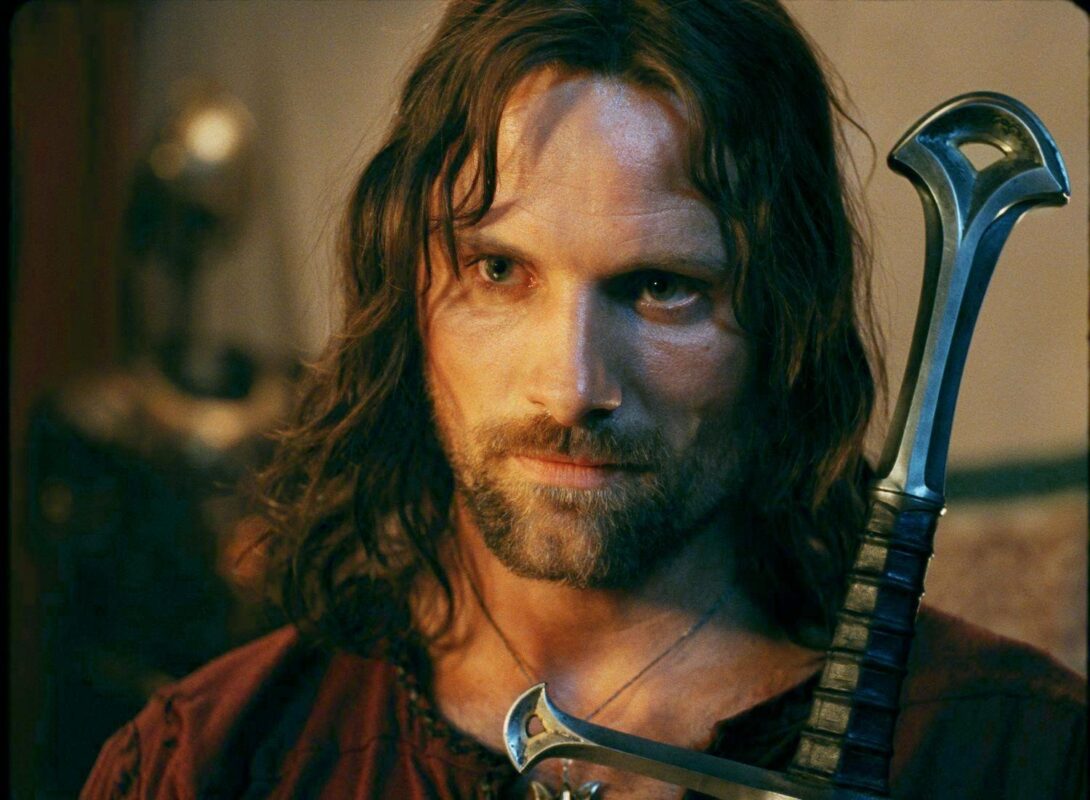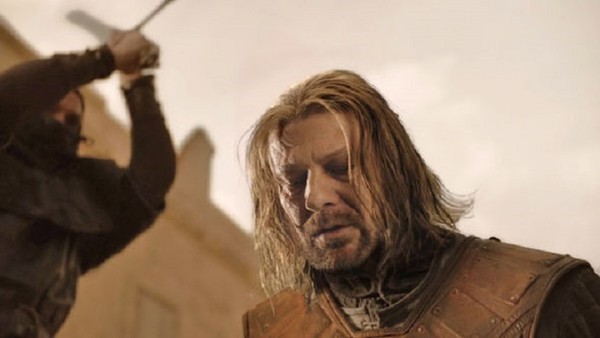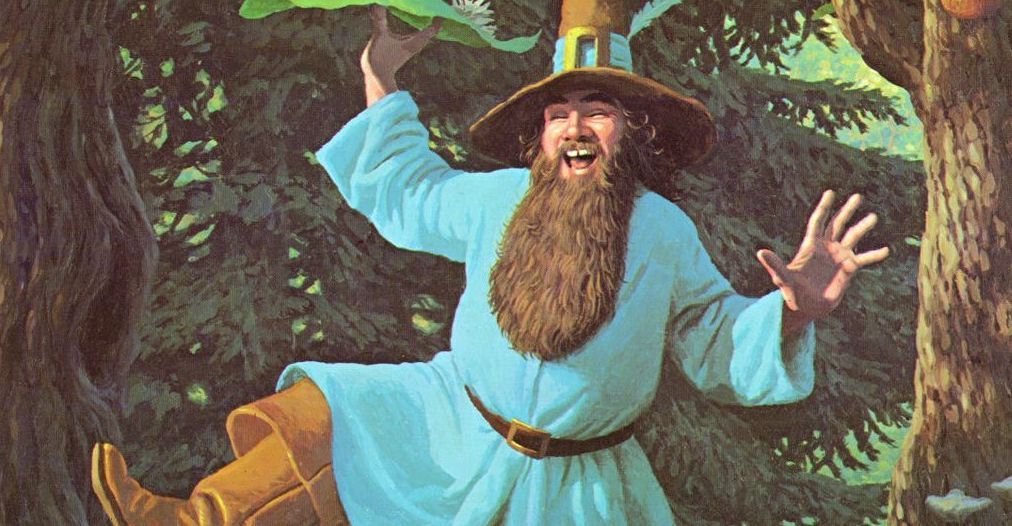Amazon’s hotly anticipated adaptation of J.R.R Tolkien’s legendary The Lord of the Rings setting has quietly revealed a potential R Rating for its five-series show – but how does this match up with what we’ve come to expect from the otherwise conservative, wholesome and above all, chaste world of Middle Earth?

What We Know
The Cut confirmed recently that Amazon took on Jennifer Ward-Lealand as an ‘Intimacy Consultant’ for their Lord of the Rings adaptation currently under production in New Zealand. Amid general rumours that the adaptation would follow trends set by other flagship shows like HBO’s Game of Thrones and Netflix’s The Witcher, this was all the confirmation that many needed. This comes off the back of a casting call for extras and featured extras with the following caveat:

Whether this pertains to sex scenes specifically or not, this is a major change to the setting, which otherwise has remained completely untouched by any mention of sexuality. In this article we’re going to touch on the nature of these recent reveals, what the implications are for our understanding of Middle Earth, and how this news has been received by the fans.
An Age of Intrigue
This series has been confirmed to be set in the Second Age, a period spanning over three thousand years. It begins in the aftermath of the War of Wrath, where the gods expel Morgoth, the source of all evil, out of time and space. It charts the forging of the Rings of Power by Sauron, and ultimately concludes with his defeat at the hands of the Last Alliance, the battle that we see in the prologue of Peter Jackson’s The Fellowship of the Ring. For reference, the events of The Lord of the Rings take place at the end of the Third Age, several thousand years later. Though it is bracketed by grand conquests, the Second Age is not an era of warfare, but rather, politics.

In “Akallabêth”, a chapter of the setting’s creation myth The Silmarillion, we observe the rise of the Númenorians, a race of kings who settled on the newly created isle of Númenor, given to them as a reward for their aid in fighting Morgoth. As their power grew, so too did their vanity. Through cunning and flattery, Sauron is able to infiltrate their court and corrupt it, ultimately leading to them turning against the gods who sink their island as punishment.
Echoing classical stories of cities like Atlantis, Sodom and Gomorrah, the story of Númenor is a far cry from the honest heroics of The Lord of the Rings. This is probably where the potential R Rating comes in. We may see these nude scenes as Númenorian society descends into debauchery, ritual sacrifices and dark worship.

It’s possible that the adaptation pertains to other elements of the setting, such as Elven cities like Rivendell or Lothlórien. However, maps tweeted by the production’s official Twitter handle show the isle of Númenor front and centre.
One Ring to rule them all, One Ring to find them, One Ring to bring them all, and in the darkness bind them, In the Land of Mordor where the Shadows lie. #LOTRonPrime pic.twitter.com/7TuQh7gRPD
— The Lord of the Rings on Prime (@LOTRonPrime) March 7, 2019
Untapped Potential?
Choosing to set the series in the leadup to the Downfall of Númenor makes sense for a number of reasons. Firstly, it’s a classic part of the backstory. Aragorn, a pivotal character in the main trilogy, is described as having the “blood of the old kings”. This is a reference to his Númenorian heritage and an explanation for his height and longevity.

Unless you’re willing to read The Silmarillion (which despite its phenomenal depth is undeniably a little dry) the only way to learn about Númenor is through a deep-dive on the fan-made wiki.
Second, it’s something we’ve never had developed in Peter Jackson’s famous adaptations. Furthermore, the Second Age is largely untouched by other extra-canonical media associated with the setting, such as video games or animations. As such this gives Amazon great freedom to depict it however they want.
But thirdly, the particular dimensions of this story allow Amazon to deliver on Jeff Bezos’ goal of creating the next big hit show; or, to put it more plainly, to “Give Me Game of Thrones”. And if they are to achieve the goal of being the next water-cooler-conversation show, we can be certain that this production knows what fantasy looks like in the 2020s.
Modern Fantasy
The surprising success of Game of Thrones paved the way for a new style of modern fantasy, a far cry from the genre Tolkien helped to pen. Gone were brave knights, pure-hearted heroes and clear villains. Where Tolkien painted in black and white, Benioff and Weiss used shades of grey – and audiences loved it. While there were no shortages of villains in the show, it became increasingly difficult to know who your heroes were supposed to be. This was especially the case when they kept getting killed off at inopportune moments.

Similarly successful were other shows like Netflix’s The Witcher, an adaptation from a series of books by Andrzej Sapkowski and games by CD Projekt Red. It follows Geralt of Rivia, who has a very complex and personal set of morals. The ambiguous way he conducts himself in regard to his relationships and sense of honour is a fresh alternative to knights in shining armour.

Following off the back of the 2000s trend of gritty realism, this new take on fantasy was raw, injecting a dose of the real world into more fantastical settings.
It should not come as a surprise, then, that Amazon appear to be adding sex scenes, romance and intrigue to their adaptation of Middle Earth, a setting which until now has avoided this treatment (for better or worse).
The question that should be asked now, however, is this: does it fit The Lord of the Rings?
Who Is It For?
Early reception of this news has been met with criticism from various LOTR-related fan groups. Many fans are worried that this change might potentially remove that special purity that makes it what it is. Some see the possibility of sexuality and relationships as a liability, not an asset, to the kinds of stories that can be told in the setting. One of the major changes to the source material in the adaptations of The Hobbit was the addition of Tauriel, an elf who is caught in a love triangle between Legolas the elf and Kili the dwarf. This romance was heavily criticised by many long-time fans.
But a more compelling argument against this change is that it does not match the intent of the source material. From the outset Tolkien was clear in the type of story he wanted to tell. In a letter to his publisher he laid out his goals for his universe:
“It should be ‘high’, purged of the gross, and fit for the more adult mind of a land long now steeped in poetry”.
Despite some violence, Tolkien wrote The Hobbit, the first major story set in Middle Earth, for children. While The Lord of the Rings is for an older audience, its content is ‘mature’ in a specific sense. Its romances focus more on marriage and partnership than sexuality and passion. The orcs that beset Middle Earth are cruel, but there is little mention of torture. And, of course, the language is polite and well-spoken (especially in the dozens of page-long songs that picket the books).

A Polite Legacy
For the most part, adaptations of this work stay true to these values. This is partly due to Tolkien’s estate, who have been quite particular about representations of the setting. More than this, though, there seems a desire to maintain a consistent style and tone across media. Jackson’s trilogy was quite graphic considering its PG-13 rating. However, any of the implications of violence, or associated traumas, are not discussed. Violence in these films is seen as a function of the struggle between good and evil.
There is only one romantic thread in Jackson’s original trilogy, that of Aragorn and Arwen. This relationship is very pious – they kiss, but in a very peaceful and almost asexual fashion. Aragorn’s alternate love interest, the shieldmaiden Eowyn, does not try to seduce him, or indeed flirt with him at all. The closest we come to this in the films is a lumpy bowl of stew – far cry from the naked Númenorians we may see in next year’s releases.

Other adaptations, such as Monolith Productions’ “Middle Earth” video game series, also honour this tacit agreement. Violence is gratuitous, but language never strays cruder than ‘bastard’. Despite some hefty creative licence , it nonetheless keeps the ‘feel’ of Middle Earth consistent, emphasising its ‘clean’ high fantasy roots.

This ‘purity’, then, is what many feel makes Middle Earth special. It’s old-fashioned, nostalgic and innocent, and fans are worried that this Amazon adaptation might sully that.
Breaking this agreement is a bold decision by Amazon, as it runs directly contrary to everything discussed above. Opening the door to modern fantasy tropes signifies the end of Middle Earth’s splendid isolation. Whether it will otherwise remain faithful to the source text or deconstruct it further, remains unknown.
Wrapping Up
Ultimately, the inclusion of sex scenes into the setting goes a long way towards undermining its optimistic, poetic naivety. Tolkien’s setting is a beautiful and pristine place where good and evil war endlessly against one another. But the worlds of these sagas, just like the real world, are complex, ugly and subjective places. The Downfall of Númenor is a story of hubris, naivety and flaws in our nature. This is the perfect gap in the universe to explore not only grey tones in the human spirit, but also the desires of the body it inhabits.
We won’t know until 2021 whether this change is well executed, or whether fans are right to distrust a sexy Middle Earth. It has the potential to transform the way we understand the foundational text of modern fantasy. Whether it evolves it or debases it has yet to be seen.
Subscribe to FIB’s Weekly Alchemy Report for your weekly dose of music, fashion and pop culture news!







